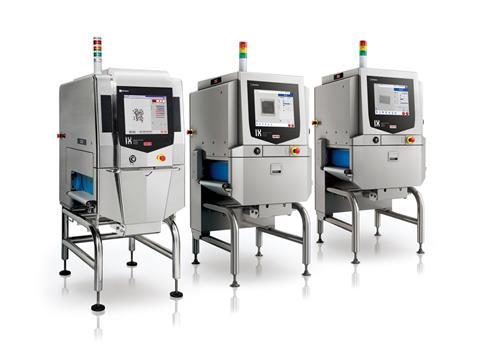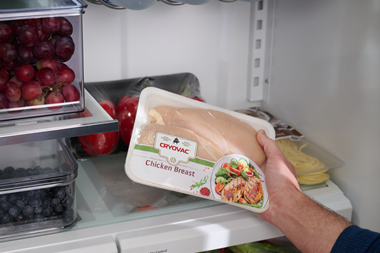
In the second of a series of industry insights into technological approaches to avoiding product recalls, Glen Oxborough, X-ray product manager from Ishida Europe, explores the potential impact of the problem in the food industry.
A product recall is a terrifying concept for food production companies, not just with regards to the financial impact of the recall, but the lasting damage.
Reputation is a key factor in brand success, and the reputation of food brands is built on the pillars of quality, trust, customer satisfaction and food safety. Food legislation dictates that reasonable steps must be taken by manufacturers to avoid risk in the production of food and failures to avoid these risks can be catastrophic.
Recalls or the discovery of a foreign body in the product can lead to a loss of customer loyalty, damage to the brand and exposure to expensive and damaging legal action for the company.
Recent Recalls
Just last month, a UK supermarket had to issue a recall after pieces of plastic were found in its baby food range. This came just one week after another major supermarket had to recall some of its chocolate bars after the presence of plastic was discovered. In both instances, these were own-brand products, with the potential to be detrimental to both brand trust and customer loyalty.
In early 2016, an international confectionery giant sparked a global recall affecting 55 countries, which was estimated to have cost the company tens of millions of dollars, after plastic was found in one of its major brand bars. After in-depth investigation and retracing the product, it was found that the plastic had come from a protective cover used in the manufacturing process.
It’s estimated that 22 products are recalled or withdrawn from sale per week across Europe, and this is having a substantial impact of food manufacturers.
Cost of Recalls
The Grocery Manufacturer’s Association claims the average product recall can cost a food manufacturer €10m in direct costs, however there are more costs to consider when it comes to recalling a product.
Damage to a brand is hard to put a number on, but upset consumers voicing their opinion through social media channels can have a devastating effect on a brand, as can more serious news of someone choking or injuring themselves hitting the headlines.
Consumer research revealed that 55% of people would switch brands following a recall, even if only temporarily, and that 15% of them would never purchase the recalled product again.
The wider impact was also demonstrated, with 21% of those surveyed stating they’d actively avoid the full product range made by the manufacturer at a centre of a recall, not just the recalled product itself. As a result of this change in consumer behaviour, insurers believe that 80% of total financial losses are actually incurred long after a product recall is concluded.
However, it’s not just the consumers. For big brands, these recalls could damage its relationship with its supply chain, both in terms of the financial impact of removing product from the shelves and properly disposing of them, but also with regards to consumer perception of retailers that stock a product range tainted by product withdrawal.

Prevention better than a cure
The affected brand has another expenditure to consider in rectifying the area or process where the problem arose. A full review of production and the implementation of new processes take time and have further financial implications on a business already damaged by a product withdrawal and recall.
With the continuing rise in product recalls across Europe, businesses are increasingly focusing on prevention. The financial investment in detection technology compared with the financial impact of a product recall is fractional.
If a business is going to invest in preventative, quality control measures, it’s vital that they select the right partner to advise and guide them through the most technologically advanced solutions to protect both their business and their customers.
Ishida’s X-ray inspection technology can detect both metal and non-metallic fragments; bone, shell, glass, high density plastic, stone, rubber and more. Fragments as small as 0.3mm and imperceptible to the human eye can be identified, meaning remedial action can happen before the products leave the factory.
Brand image is maintained or indeed improved as companies are seen to invest in advanced systems to protect customers, brand loyalty persists, and more importantly consumer health and safety is upheld.










